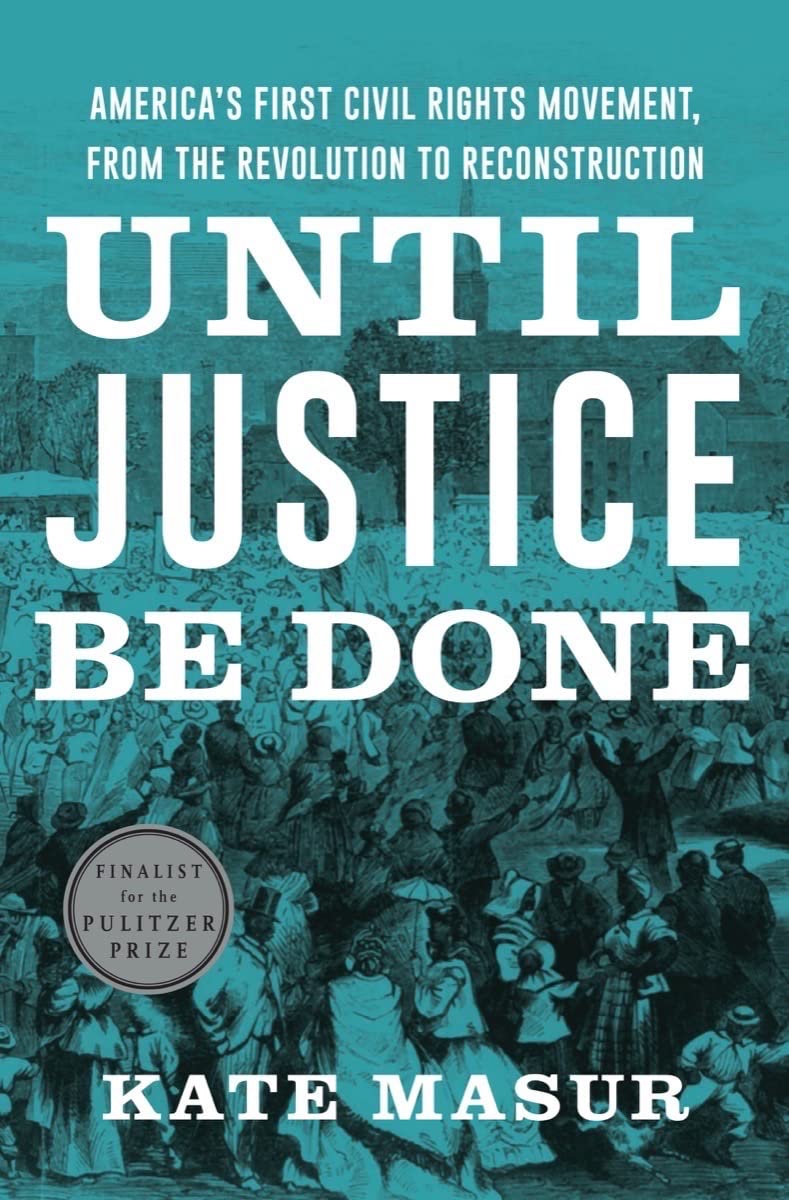Throughout the 19th century (and even now), racist ideas about Black poverty and Black criminality guided the laws of the day—and this was true in the North as well as the South. States like Ohio and Illinois did not want to be held responsible for the well-being of African Americans, who they believed would drain their resources or compete with white people for labor and wealth. Northern state constitutions were often ambiguous about defining citizenship and civil rights. Free Black Americans had to continually contest anti-Black laws and norms that left Black people with no guarantees as to how they might obtain and maintain equal protection under the law.
Just as the long history of racism in the North tends to be forgotten, so too does the long history of those who sought to dismantle its racist and anti-Black laws. While it is common to cite the civil rights movement or perhaps the Reconstruction period as the first attempt at securing an egalitarian United States, these struggles began much earlier. Historian Kate Masur’s Until Justice Be Done: America’s First Civil Rights Movement, From the Revolution to Reconstruction helps exhume the often neglected history of both Northern racism and slavery and those Black freedom struggles in the 19th century that sought to abolish them. A clear and compelling account, Masur’s book pushes us to rethink our understanding of anti-Blackness in the North and the activism that helped free Black people through the constitutional amendments that abolished slavery and granted them citizenship and equal protection under the law. Despite legal setbacks, unfavorable court decisions, and white supremacy, Black and white activists and advocates in the 19th century managed to make their belief in fairness and inclusion concerning Black civil rights the mainstream view.
Many have written about the 13th and 14th amendments, but the origins of their underlying principles can be found, Masur argues, in the 18th century and in an often ignored history of Black activism that goes back as far as the early days of the American republic. Her earlier book, An Example for All the Land: Emancipation and the Struggle Over Equality in Washington, D.C., focused on this history in the context of the District of Columbia—both in terms of its local government and as the seat of the national government. In Until Justice Be Done, Masur widens her geographic scope and considers how the struggle for equality manifested itself all over the country, particularly in the Midwestern states. By doing so, she reminds us that Black activism and the fight for civil rights were found not only in New England and the Mid-Atlantic states. She also reminds us that until the North recognized the need to dismantle its own racist and exclusionary practices, it held no moral high ground over the Southern slaveocracy.
